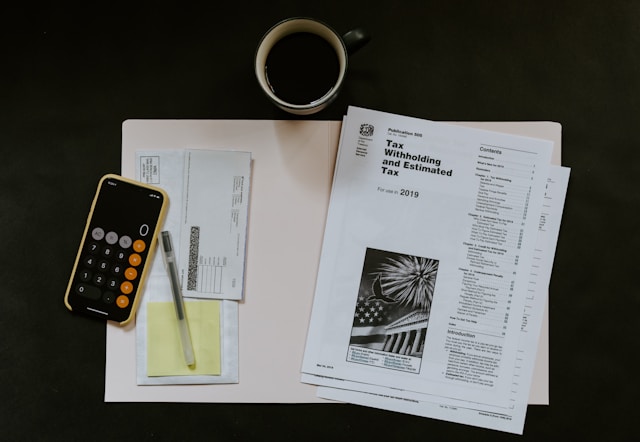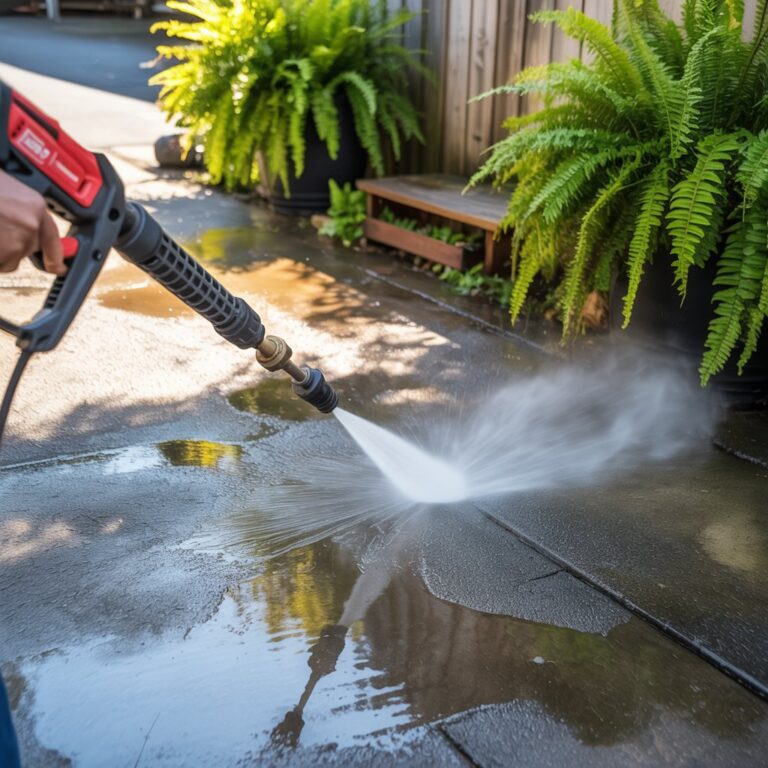Living sustainably isn’t only about ditching plastic bags or putting solar panels on the roof — it’s also about balance in every part of life, including money. For many people, the weight of debt, especially tax debt, clouds decision-making and delays greener goals. A stable financial foundation often becomes the catalyst for a more conscious, eco-aligned lifestyle.
Taking Charge and Rethinking Priorities
Money confusion brings pressure, tension, and insecurity. When you’re juggling late payments or dodging IRS calls, attention narrows to survival. That mental fatigue leaves little room for considering sustainability — like reducing waste, buying local, or investing in long-term green solutions. Regaining control isn’t just stress relief; it frees the head-space needed to think wider and plan further.
Debt Relief as a Mindset Shift
Debt-relief programs such as the IRS Fresh Start Initiative do more than lower payments or extend deadlines. They act as a psychological reset, shifting people from crisis mode into intentional living. Once the chaos subsides, many rediscover their real values — and environmental responsibility often rises to the top.
Green Decisions Are Easier With Financial Stability
Eco-friendly choices frequently have up-front costs: bulk buying, organics, energy-efficient appliances. When debt looms, even a $20 set of reusable containers can feel out of reach. Once debts shrink, those same decisions become realistic. A taxpayer who just tackled back-taxes might finally afford a hybrid vehicle, a home compost bin, or glass storage in place of plastic. Breathing-room in the budget translates into sustainable upgrades.
Real Stories: From Debt to Eco-Friendly Living
Peter “Mr. Money Mustache” Adeney retired in his early 30s by prioritizing savings and frugality. His lifestyle philosophy intertwines financial independence with environmental responsibility—advocating for reduced driving, consumption, and carbon footprint.
Carlos & Maya’s Minimalist Makeover
A young couple in Texas snowballed their credit-card balances down to zero in 18 months. With interest payments gone, they switched to a car-share program, buy second-hand furniture, and invested in community-supported agriculture (CSA) boxes. They say the biggest win is “less stuff, more time outside.”
Personal snapshots like these humanize the numbers and show that a lighter financial load can spark a lighter ecological footprint.
Budgeting for Sustainability: Practical Tips That Work
| Money-Smart Tip | Eco Benefit | Typical Savings |
| Plan meals weekly | Cuts food waste | $40–60 / month |
| Use public transit or car-share | Lower emissions | Gas & insurance cuts |
| Replace bulbs with LEDs | Saves energy | Up to $150 / year |
| Thrift or swap clothing | Reduces textile waste | 50–90 % cheaper |
| DIY vinegar-based cleaners | Fewer harsh chemicals | $10–20 / month |
Small shifts in spending habits quickly snowball into both budget relief and tangible environmental gains.
Aligning Investments With Environmental Values
With stability comes intentionality. People begin asking, “Where does my money sleep at night?” The answers might be local farmers’ markets over supermarkets, green mutual funds over fossil-fuel-heavy portfolios, or ethical banks instead of fee-heavy megabanks. Programs like the IRS Fresh Start give taxpayers the runway to align finances with personal ethics rather than constant damage control.
♀️ Mindset Shift: Minimalism, Wellness & the Environment
Emerging from financial chaos often sparks a deep dive into enough-ness. Hard-won budgeting habits encourage patience and planning — exactly the traits needed to resist impulse buying and single-use convenience. Minimalism reduces clutter, carbon footprints, and mental load all at once; wellness follows naturally.
Resources & Tools for a Financial-Eco Reset
- YNAB (You Need A Budget) – zero-based budgeting app that syncs with phones & banks
- Theenvironmentalblog.org – practical daily guides to greener living
- IRS Fresh Start Program – Explore IRS Fresh Start repayment terms to see how structured tax-debt solutions can free up cash — and attention — for the sustainable choices that matter most.
- EPA Sustainability Starter Kit (PDF) – checklist for cutting waste and saving energy at home
Bookmark a few, pick one action today, and revisit monthly.
Conclusion
Becoming debt-free is more than a financial milestone — it’s a gateway to a fuller, greener life. Fewer money worries bring the clarity to live in line with your deepest values, caring for family and planet alike. Whether through disciplined budgeting or programs such as the IRS Fresh Start Initiative, the journey from financial chaos to eco-clarity proves that every payment toward freedom is also a vote for a healthier Earth.




